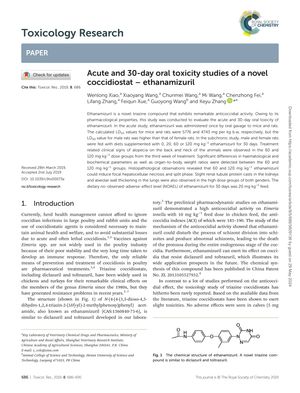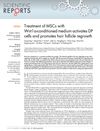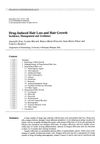Acute and 30-Day Oral Toxicity Studies of a Novel Coccidiostat – Ethanamizuril
July 2019
in “
Toxicology research
”

TLDR Ethanamizuril is safe for rats at 20 mg/kg feed, but higher doses cause hair loss, organ changes, and liver, kidney, and lung damage.
In a study evaluating the toxicity of ethanamizuril, a novel anticoccidial triazine compound, researchers found that the acute oral LD50 values were 5776 mg/kg for mice and 4743 mg/kg for rats, with male rats having a higher LD50 than females. During a 30-day subchronic toxicity study, rats were given diets containing 0, 20, 60, or 120 mg/kg of ethanamizuril. Clinical signs of alopecia were observed in the 60 and 120 mg/kg groups starting from the third week. Additionally, these higher dose groups showed significant changes in hematological and biochemical parameters, as well as increased organ-to-body weight ratios. Histopathological analysis revealed liver necrosis and split phase, renal tubule protein casts, and lung alveolar wall thickening in the high dose groups. The study concluded that the no-observed-adverse-effect level (NOAEL) of ethanamizuril over 30 days was 20 mg/kg feed.

